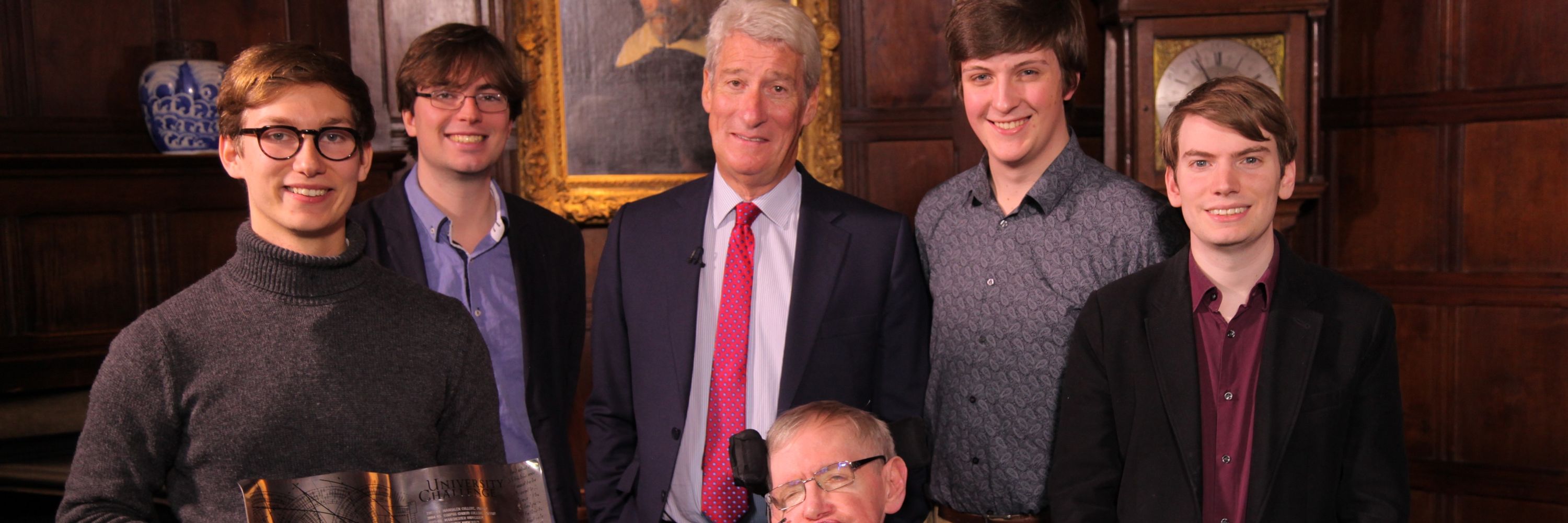
he/him
Sydney/Gadi
❗️Outcomes announced publicly for Discovery Projects 2026❗️
See ARC's RMS for list ➡️ rms.arc.gov.au/RMS/Report/D...
/bot
Congratulations to everyone on what looks like an unusually large haul of projects for astronomy.
One of the key perks we have in academia is the freedom to set our own agenda.* If someone else can—and WILL—do it, why would you?
One of the key perks we have in academia is the freedom to set our own agenda.* If someone else can—and WILL—do it, why would you?

This is the power of vaccines.
The HPV vaccine is extremely effective at preventing cancer.
Viruses can be oncogenic. Get your vaccines and protect yourself!

Thread:
/1
Thread:


I would love to bring in students to work on imaging/time series problems, especially in space/remote sensing bridging astronomy and other applications.

I would love to bring in students to work on imaging/time series problems, especially in space/remote sensing bridging astronomy and other applications.

There are days I miss a prawn mayo or tuna sandwich meal deal from Boots or WH Smith.

They deleted the line in which I describe Donald Trump as “the most openly corrupt president in American history.” /1
www.eventbrite.com.au/e/the-telesc...

www.eventbrite.com.au/e/the-telesc...


